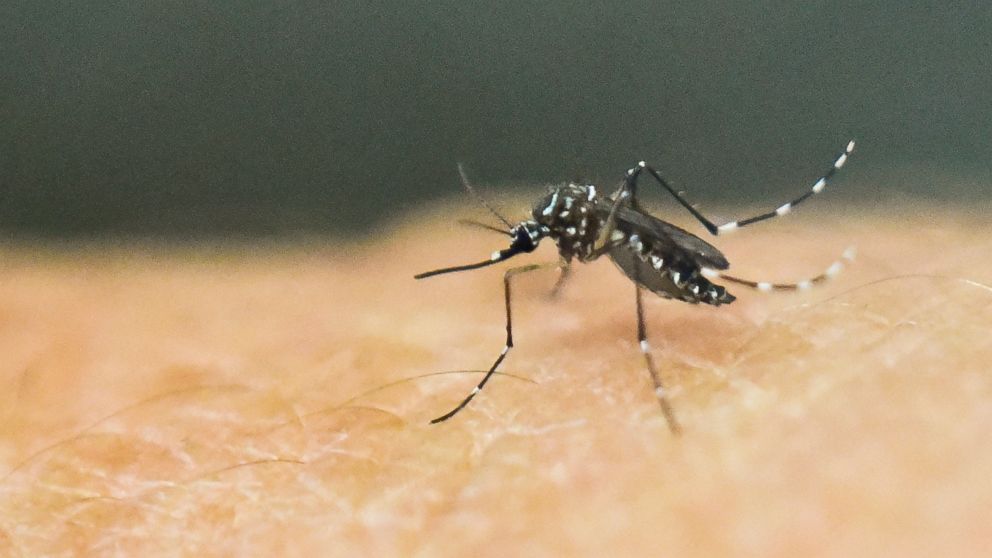Yellow Fever Outbreak Called 'Serious' As Deaths Near 300
WHO raises concern, says virus spread by same mosquito as Zika virus.

— -- Experts from the World Health Organization (WHO) emergency committee convened today to discuss the growing yellow fever outbreak and determine whether to designate it a global health concern. Though it labeled the outbreak a "serious" concern, the committee stopped short of declaring it a global public health emergency.
The WHO committee said it is a "serious public health event which warrants intensified national action and enhanced international support" but was not yet a public health emergency of international concern.
An estimated 2,267 people in Angola have contracted the yellow fever virus in this outbreak, and approximately 300 have died, according to WHO officials.
Three countries — the Democratic Republic of Congo, Kenya and China — have reported the infection in travelers who had recently returned from Angola. The disease has been mainly spread by the mosquito Aedes aegypti, which also spreads Zika and other diseases.
Professor Oyewale Tomori, chairman of the WHO yellow fever emergency committee, said more resources were needed to deal with the outbreak.
"With 300 people dead, it reinforces the potentially explosive nature of the disease and risk internationally," he said in a call with reporters today.
There is a vaccine that prevents yellow fever but no cure for those infected. The WHO said it is working with manufacturers to stockpile more vaccine doses. It recommends that anyone visiting Angola get a yellow fever vaccination.
In most cases, the illness lasts three to six days and can have a range of symptoms, from virtually none to fever, chills, severe headache, back pain, general body aches, nausea, vomiting, fatigue and weakness, according to the U.S. Centers for Disease Control and Prevention.
In 15 percent of cases, a brief remission can be followed by a more severe case characterized by high fever, jaundice, bleeding and eventually shock and failure of multiple organs.